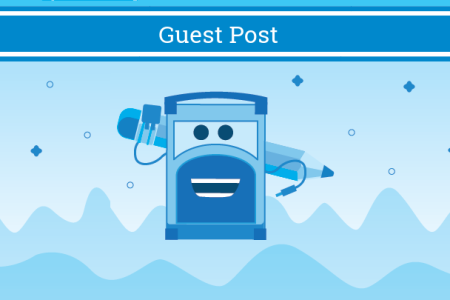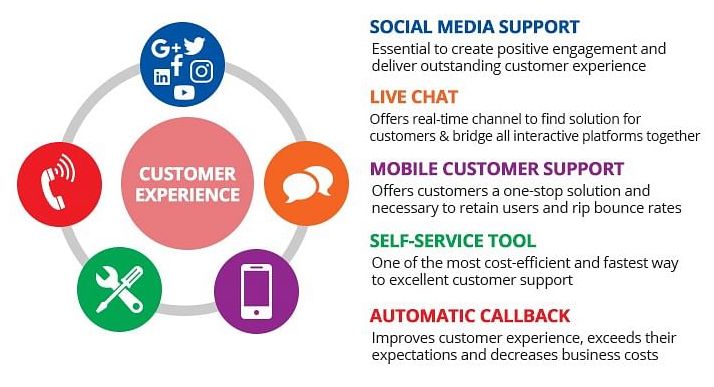Engaging with millennials is tough. This generation is less receptive to conventional marketing methods like direct mail, and they expect the highest standards of service at all times. In fact, 57% of millennials said they stopped doing business with a company because of one bad customer service experience– a higher number than Gen Xers and baby boomers.
But despite being harder to market to sometimes, the millennial market is not one to be ignored by small businesses, and is overtaking baby boomers as the new power spenders. And for small businesses, the opportunity to market to millennials is big. Only 15% of small businesses market directly to millennials, leaving a lot of room for businesses to catch up. To help you reach this lucrative demographic, here are the five best marketing strategies to turn to.
1. Invest in marketing automation
About 51% percent of companies already use marketing automation and 58% of B2B companies are planning to adopt the technology. If you’re not familiar with marketing automation, it is a marketing method that lets you target specific customers with the right messages at the right time, increasing your chances of converting prospects and customers, helping shorten your sales cycle and bring in more revenue.
Incorporating marketing automation into your business model will reduce many of the costs associated with digital marketing. This method is completely automated, so you can save time and focus on growing other areas of your business.
Here are some examples of common marketing automation campaign examples, although if you find a good marketing automation tool, you’ll be able to create campaigns that work with your business’ specific workflows:
- Welcome campaigns to introduce yourself to prospects and customers, provide your contact information and offer up key links
- Onboarding campaigns to help your new customers get set up with your service
- Re-engagement campaigns to try to get the attention of prospects and inactive customers
- Post-purchase campaigns to say thank you to customers, ask for a review or testimonial or offer relevant products or services based on their initial purchase
- Reminder emails to notify prospects and customers of appointments, unpaid invoices, etc.
- Winback campaigns to convert prospects or “slipping away” customers
2. Employ customer service tools
A majority 42% percent of consumers who make a complaint on social media expect a response within 60 minutes. Impatient millennials, however, expect even better customer service – 25% of them want a response within 10 minutes.
This is why it’s essential you use a customer service tool to respond to queries and complaints. This platform automates customer service messages, from chat messages that can be set up on your website or right within your software or mobile app to automated, targeted emails. This allows you to respond to millennials 24 hours a day, seven days a week. In other words, it works in the background while you focus on the tougher aspects of your business.
Chat messages are important because more than half of US customers (millennials included) prefer to resolve their issue through web-chat instead of calling customer support. The cost savings associated with chat are huge as well, as customer service representatives or agents are able to handle multiple chats at once vs. one phone call with a customer or prospect.
Here are some relevant reasons to set up proactive and friendly automated chat messages for prospects and customers:
- To welcome them
- To see if they have any questions or need any help
- To announce updates or new features
- To understand their needs
- To ask for feedback
- To help guide them through your website or service
- To promoted targeted messages
Messages like these are guaranteed to increase conversion or at least generate feedback, and when delivered within your app or software, tend to have higher open rates.
3. Offer self-service options
A reported 70% of millennials look for self-service options, such as appointment booking, payment portals, and online request forms. Consumers don’t always want to have to call into a customer service line to get what they need. They want ease, control, and convenience.
Incorporating self-service features into your website, like appointment booking tools or payment portals, will not only automate many of the tasks associated with customer service, but you can move more millennials through your sales and marketing pipelines.
A good example of a self-service option is a knowledge base or FAQ page with good functionality that helps consumers find the answers to the questions they have. You could start with this option before going to live chat, especially if you’re limited in resources. Just make sure to that your knowledge base is always up-to-date.
4. Get on social media frequently
A majority 95% percent of millennials follow brands on social media – more than any other age group. This generation prefers to communicate with companies on platforms like Facebook, Twitter and Instagram rather than conventional communication methods like the telephone.
Updating your social media pages on a regular basis and responding too quickly will increase brand visibility and boost engagement among millennials. No matter what platform you’re on, be sure to make time to respond to direct or private messages or comments on posts. This also works to show that you are responsive and interactive with your customers.
When communicating with millennials, a unified, consistent message across your social media platforms, website and marketing campaigns is key. It establishes credibility with millennials.
5. Don’t ignore mobile marketing
Mobile is an effective way to advertise your products and services and communicate with millennials when they are on the go. Millennials use smartphones more than any other age group. 98% percent of 18–24-year-olds and 97% of 25–34-year-olds own a smartphone, according to research.
Your first must-do is to make sure your website is optimized for mobile. Start by considering the following:
- Does your website have a responsive design, meaning it will adjust and be functional no matter what screen size (phone, tablet or computer) it’s on?
- Are your text and buttons large, clear and readable?
- Do you have the same content on your mobile site and desktop site?
- How is your page speed?
All of these matter too because they factor into how Google ranks your website. The better your page speed, for example, the higher you’ll likely rank in mobile search results on Google.
Key takeaways
If you’re ready to tap or better target the millennial market, marketing automation, customer service tools, self-service options, social media, and mobile marketing are important strategies to employ to target more millennials. As you would do with other audiences you go after, it’s wise to spend the time to understand their preferences and expectations and to meet them where there are.
Then make sure to follow marketing best practices, like using social proof and being authentic in your small business marketing and messaging, leading with how you can make their life easier, more convenient and so on.





